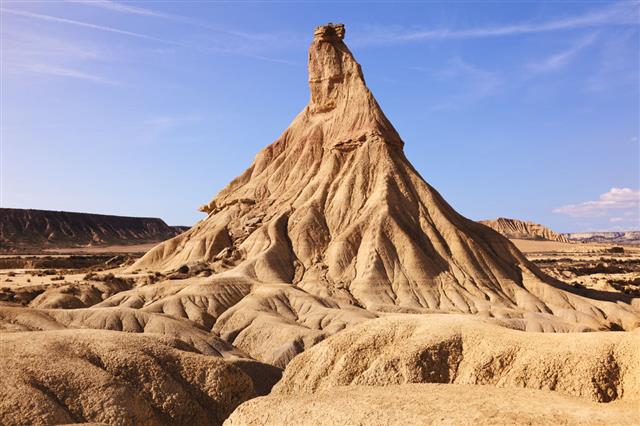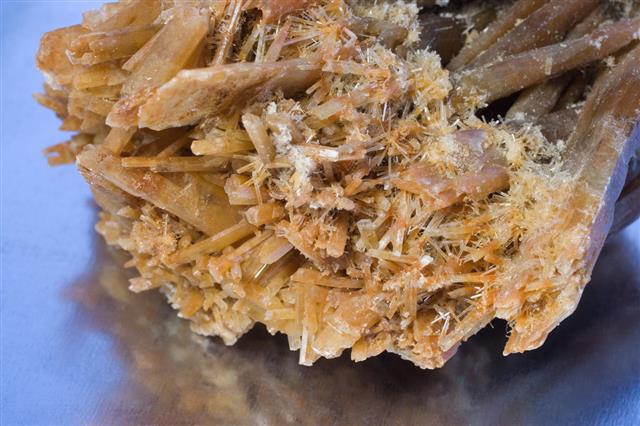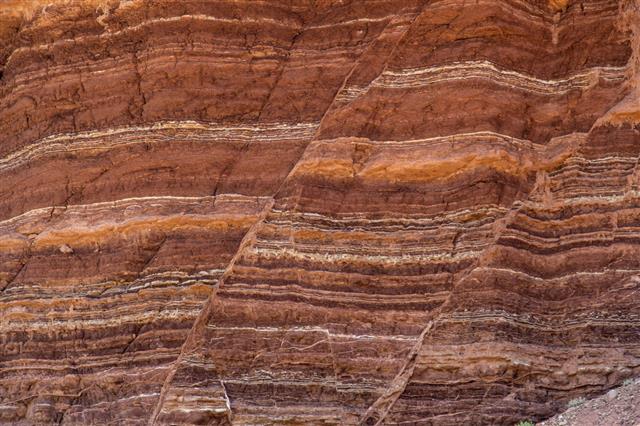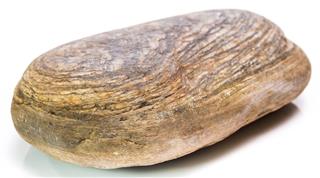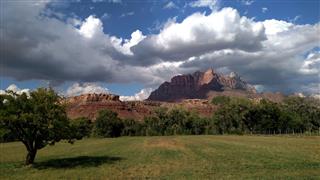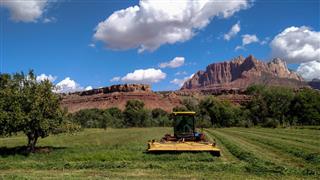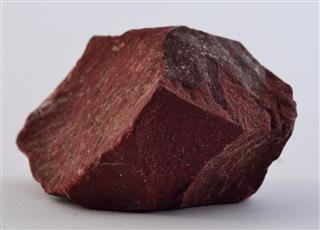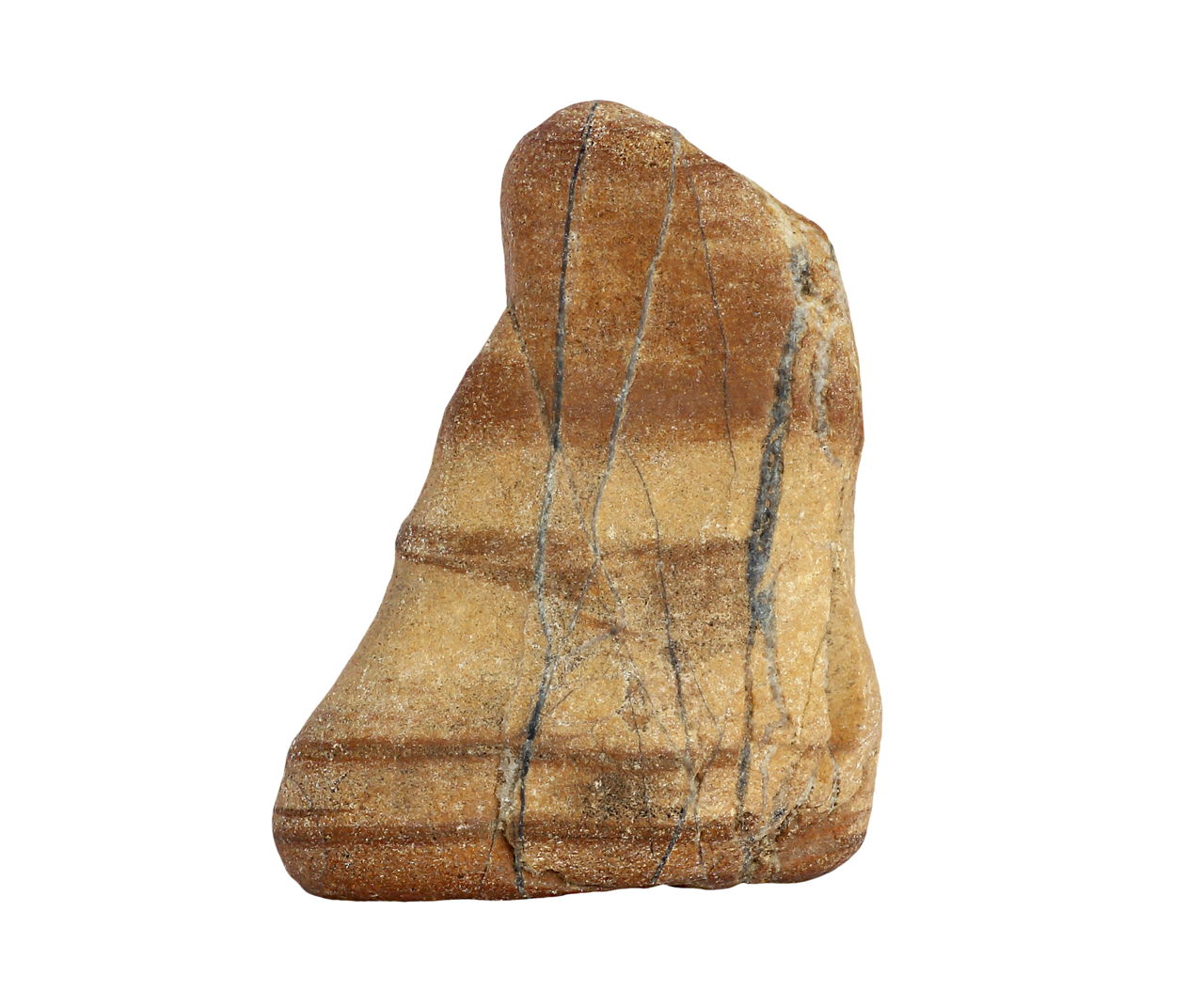
Rocks have always helped scientists to understand the geological events in a better light. The fossils found in various sedimentary rocks often provide valuable information pertaining to the life of the flora and fauna present million years ago. The following article unveils more fascinating facts about these rocks.
Did You Know?
Limestone, when subjected to a great amount of temperature and pressure for a long period, results in the formation of marble.
The Earth is under a constant change. This change broadly involves the formation of three types of rocks — igneous, metamorphic, and sedimentary rocks. Out of the total volume of the Earth’s crust, sedimentary rocks roughly comprise only 8%.
Knowing about the sedimentary rock facts is a great way of gathering information on how life has progressed on Earth. These rocks are often a key to understand the past life that existed on our planet. Let’s dig a little deeper to know them better.
Formation of Sedimentary Rocks
Weathering – The first step in the formation of sedimentary rocks is breaking down of solid rocks into fragments and small particles. This is called weathering. It can take place due to several factors, such as physical (e.g., physical or mechanical processes, like action of water and wind) and chemical (variation in temperature and pressure).
Erosion – It involves the action of natural agents on soil and rocks present on the surface of the Earth and transporting the same to another location. Erosion is the transition step between weathering and transportation.
Transportation – Carrying the broken down matter to a different locality involves transportation. The shape of rock fragments after transportation helps in analyzing the distance traveled and the environmental conditions.
Deposition – This step follows transportation where the material or sediments get deposited after the energy of transportation drops down.
Lithification – Lithification helps in the formation of sediments into a rock. As the layers of sediments get deposited over one another, the process of compaction starts. The overlying weight increases the pressure on the sediment layers below, thus eventually cementing them together, resulting in a sedimentary rock.
Clastic Sedimentary Rocks
These rocks comprise rock fragments and clasts of the parent or preexisting minerals. The sedimentary rocks are formed predominantly from weathered rocks or broken rock fragments.
The name of a clastic sedimentary rock is given on the basis of size of the grains present in it. The classification is given in the table below –
| Grain Size (mm) | Sediment | Rock |
| > 256 | Boulder | Conglomerate or Breccia |
| 64 – 256 | Cobble | |
| 2 – 64 | Pebble | |
| 1/16 – 2 | Sand | Sandstone |
| 1/256 – 1/16 | Silt | Siltstone |
| < 1/256 | Clay | Mudrock |






Thus, the clastic sedimentary rocks are broadly divided into mudrocks, sandstone, and conglomerates or breccia.
Mudrocks


They contain rocks composed of clay- and silt-sized clasts. These include claystone, mudstone, siltstone, and shale.
These rocks get weathered easily; hence, so far, detailed research has not been carried out on this type.
A rock is designated as a claystone if it contains at least 50% of clay and is less than 1/256 of a millimeter in size. The major clay minerals include amphiboles, pyroxenes, and clays from feldspar group of minerals.
A mudstone contains both clay- and silt-sized particles, and should not be confused with the Dunham limestone classification system.
As the name suggests, siltstones are characterized by the presence of silt-sized particles (more than 50%) and are smaller than sand. Studies indicate that siltstones are most probably the result of physical weathering.
Shale is a type of rock often confused with siltstone. The main difference between the two is that a shale easily breaks into fine layers (fissile) as compared to siltstones. A shale forms a good source rock for hydrocarbons, helping in the formation of kerogen (organic chemical compounds) and eventually, petroleum.
Sandstones


Sandstones occur in various colors depending on their mineral constituents and are often composed of quartz and/or feldspar.
The grains are 1/16 to 2 mm in diameter, and depending on the matrix (matter present between the pores), they are classified as Arenites (clean sandstones) and Wackes (‘dirty’ sandstones).
Sandstones when subjected to moderate pressure and temperature conditions give rise to quartzite.
Sandstones are quarried, and although some of them are resistant to weathering, they are extensively mined for construction purposes.
Conglomerates and Breccias


Rocks consisting of clasts floating within a finer-grained matrix and cemented together are called conglomerates and breccias.
The only difference between the two is that in a conglomerate, the clasts forming the rock are rounded to sub-rounded in nature, while in a breccia, the clasts are angular.
The clasts forming these rocks are essentially larger than sand, i.e., they are greater than 2 mm in diameter.
Depending on the clast size, they are classified as pebble, cobble, and boulder. Sometimes, granule is also included in the classification, which is smaller than the size of a pebble.
Chemical and Biochemical Sedimentary Rocks
Rocks that are formed as a result of dead organisms are called biochemical sedimentary rocks. When an organism dies, its skeletal or other chemical components undergo compaction to form a sedimentary rock.
The most common example is of coal, which is an organic rock formed due to the action of dead plant matter.
Limestones


Another example is of limestones. Marine organisms usually secrete calcium carbonate or calcite in order to form a shell and other skeletal parts.
After the organism dies, this calcium carbonate and skeletal remains accumulate to form biochemical limestone.
Shallow continental shelves have warm waters and high organic production. Such an environment is suitable for the formation of limestones. Thus, maximum number of limestones are found in shallow continental shelves and are rare in abyssal plains.
Limestones compose almost 10% of all the sedimentary rocks in the world and were earlier believed to be as dolomites.
Belsazar Hacquet was the first researcher who differentiated limestones from dolomites.
Limestones are also used in the construction of building and architecture since early ages. The prominent examples of the same are the pyramids of Egypt. These pyramids were entirely covered by limestones.
When rocks get supersaturated and the minerals precipitate, they form chemical sedimentary rocks.
Evaporites, such as barite, gypsum, and halite are the most common examples.
Oolitic limestones also belong to this category, which are formed in warm, shallow, and highly agitated marine environment.
Fossils

Credit: Wilson44691 at en.wikipedia/from Wikimedia Commons (PD)

Credit: Wilson44691 at en.wikipedia/from Wikimedia Commons (PD)
The remains of animals, plants, and other organisms from the past that get preserved in rocks are called fossils.
Fossils are found most abundantly in sedimentary rocks, since the conditions are suitable for their preservation. On the other hand, igneous and metamorphic rocks are highly subjected to extreme temperature and pressure, thus breaking down the fossils, if any.
If the organism is covered with sediments immediately after its death, the chances of complete preservation are high. In such cases, even the feathers or the skin of the organism gets preserved.
However, if the organism or plant matter undergoes some amount of decay before getting buried under the sediments, often only the skeletal remains get fossilized.
A fossil of Aviculopecten subcardiformis (above image) was found in the Logan Formation of Wooster, Ohio. It is the species of an extinct genus of bivalve mollusk — Aviculopecten — that lived during the Early Devonian to the Late Triassic. The impression left by the valve is so clear that it is now regarded as one of the most treasured fossils in the world.
» The Scleractinian fossil of a coral is a neatly preserved fossil belonging to the Matmor Formation of Jurassic Period, Israel.
Sedimentary Structures

Credit: Wilson44691 at en.wikipedia/from Wikimedia Commons (PD)

Sedimentary structures are divided into primary and secondary depending on whether they are formed during or after deposition.
Primary sedimentary structures (bedding, lamination, ripple marks) are formed during sediment deposition, whereas secondary structures (trace fossils, sole marks, mudcracks) are formed after sediment deposition.
There are several types of bedding — prominent examples are of cross-bedding, and graded bedding. Cross-bedding results when the bed of rocks gets inclined in the direction of wind, or water. Graded bedding occurs where there is a decrease in size of sediments from the bottom to top.
When the layers that comprise the rock are parallel in nature, it is called parallel lamination.
The action of water (or wind) on the comparatively looser sediments present on the top of the rocks leads to the formation of ripples, hence the name.
Sole marks are a result of action of turbid water currents on the sediments. Mudcracks form when the wet sediments are subaerially exposed, and the exposed layer dries out leading to the formation of cracked appearance.
The forces that are involved in the formation sedimentary rocks work slowly. Bit by bit, they accumulate the material for creating this informative rock. For a layman, it is only a heap of dirt, but for a learned one, it is a storehouse of information. Layer by layer, it gives information about the climate of different times, organisms, and the plants that flourished, or perished because of the changes that took place, thus giving a peek into our younger planet.
